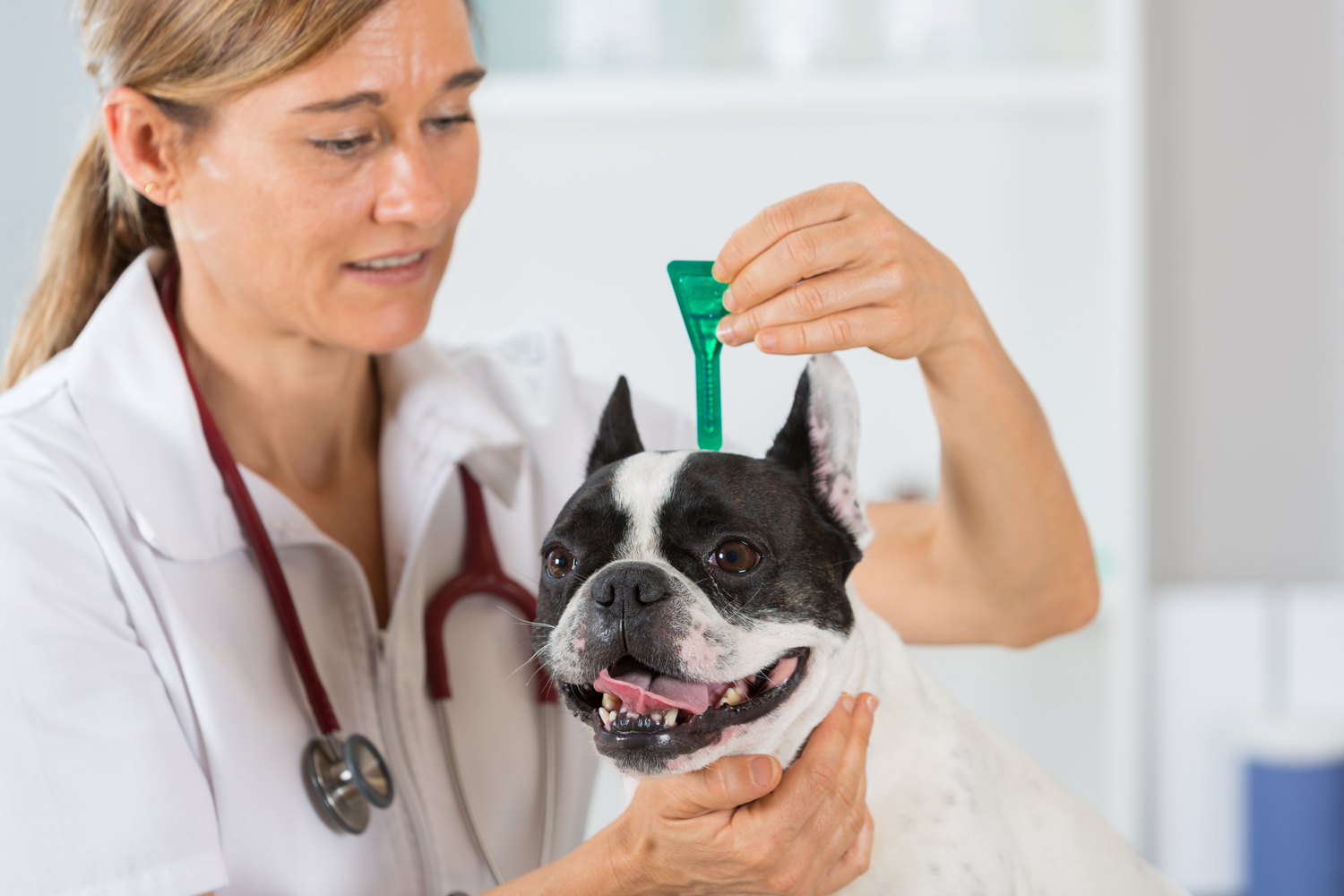
Dog Fleas and Ticks – All you Need to Know
To rid a dog of fleas and ticks, it is best to understand what are dog fleas and ticks, how dogs get fleas and ticks in the first place, and under what conditions do dog fleas and ticks survive on dogs. Herein, we discuss the aforementioned and provide tips to protect your dog from fleas and ticks.
Fleas found on dogs are classified as ectoparasites, i.e., small insects that reside on the skin and fur of animals. Dog fleas are between 1/6 th to 1/8 th of an inch. They cannot fly but have the capability to jump up to a height of more than one foot. These jumps are not made using their legs, but with the help of Resilin, a protein that is found on the fleas. Resilin is elastic and its springiness is used by the fleas to jump to heights many times their size. Dog fleas go through a life cycle that progresses from the eggs to the larvae to the pupae to the adult.
Dog flea infestations are annoying for both dogs and humans. Some infestations can be very dangerous too. Dog fleas cause severe itching and skin infections. Large infestations of dog fleas can even cause anemia, due to a loss of blood. Dog fleas can transmit diseases like a tapeworm. Dogs are allergic to fleas saliva, which causes the above conditions to become aggravated and severe. Infections can cause the skin to stink.
Dog ticks are ectoparasites, residing on the skin and fur of dogs and other animals. Dog ticks are between 2 to 3 mm in size and are classified as hard ticks and soft ticks. Dog ticks survive on blood and can cause 12 different disorders by their bites. Some of these are anemia, paralysis, Lyme disease, ehrlichiosis (a bacterial infection), bartonellosis (a bacterial infection), Rocky Mountain Fever, and babesiosis (a blood infection caused by a parasitic bacteria, similar to malaria). Dog ticks have a four-stage life cycle: egg, six-legged larva, eight-legged nymph, and eight-legged adult.
Tips to protect dogs from fleas and ticks
Dog fleas can be found in grassy areas like parks and yards. Dog fleas pupae are known to survive in that stage for long periods, up to even years looking for the right conditions to come out of the cocoons as adults. Dogs walking through grassy yards and parks are prime targets. Keeping dogs away from grassy areas, and frequently mowing grass yards and lawns will restrict the breeding habits of dog fleas.
Dog ticks are also found to breed in grassy areas, highly-wooded areas, and areas where there are lots of shrubs. Dogs walking through such areas are prone to acquire tick infections. To minimize tick infections, avoid walking dogs in highly vegetation areas. Both the six-legged larvae, the eight-legged nymphs, and the adult ticks get picked up by passing dogs. Between each life cycle stage, after feeding on the host animal’s blood, they drop to the ground to molt and pass to the next stage of the life cycle.
Dogs pick up fleas and ticks from dog facilities like kennels, veterinary offices and other places where dogs gather. Ensure that there are strong disinfection processes at such facilities before taking dogs there. Fleas at ticks can be transferred from other animals, including rodents and vermin. Clothing can carry fleas and ticks from the outdoors to inside the home.


